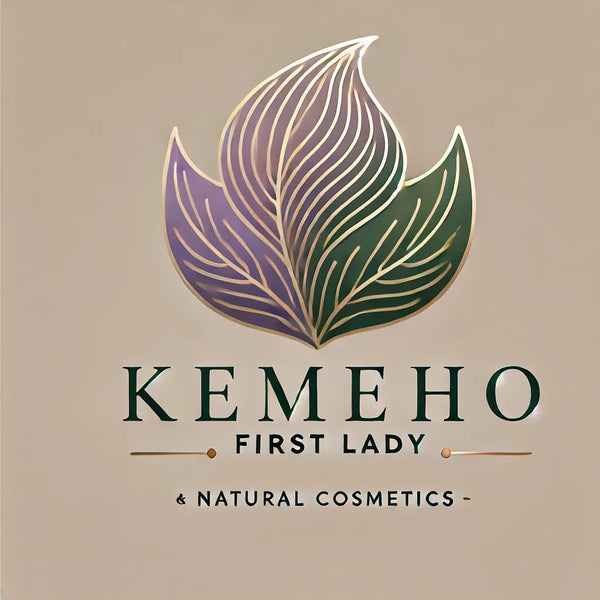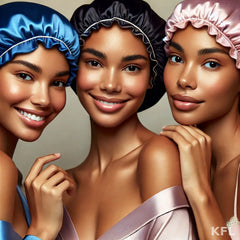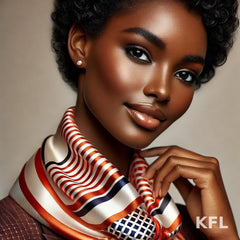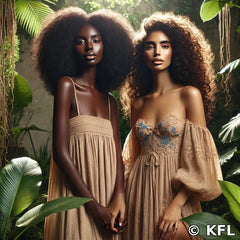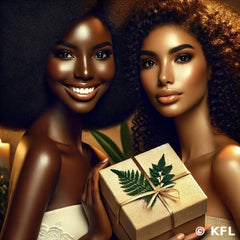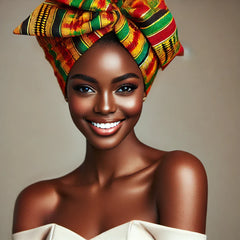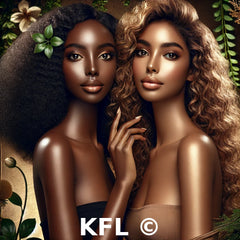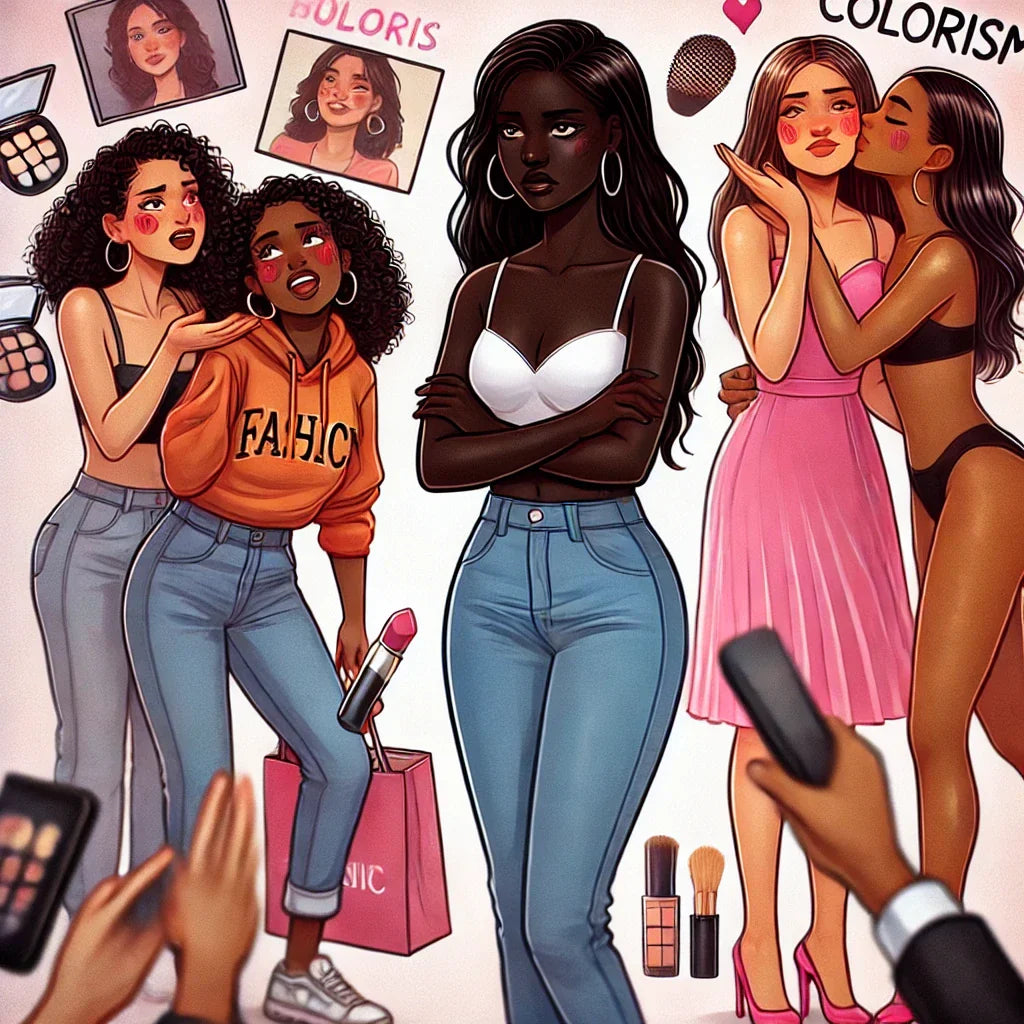
Colorism in the Fashion, Cosmetics, and Music Industries: How Dark-Skinned Black Women Are Marginalized
Share Label
1. Colorism in the Cosmetics Industry: The Valorization of Light-Skinned and Mixed-Race Black Women
In the cosmetics industry, the tendency to highlight light-skinned or mixed-race Black women over dark-skinned Black women is a well-documented phenomenon. Even in cosmetic brands specializing in products for Black people, we often see labels or advertisements favoring mixed-race or very light-skinned models. This choice reflects a racist bias that values proximity to Eurocentric beauty standards, rendering a large portion of the Black community invisible. This colorism mirrors the expectations of a racist society that prioritizes light skin over dark skin.
2. Colorism in Music: When Only Light-Skinned or Mixed-Race Black Women Are Highlighted
In the music industry, artists like Beyoncé and Rihanna are often promoted as Black female role models, even though they have lighter skin. Dark-skinned Black women, such as Kelly Rowland, often find themselves in the shadows, despite their undeniable talents. Colorism plays a crucial role here: dark-skinned Black women are often judged as less “attractive” or “marketable” by an industry that favors beauty standards closer to Eurocentric ideals. It is a subtle but effective way of diminishing the impact of certain Black women and primarily attracting a predominantly white audience.
3. Aya Nakamura: Racism and Misogynoir Constraining a Talented Artist
In France, artist Aya Nakamura embodies both immense talent and constant rejection, primarily due to her skin color. Although she is the most listened-to French-speaking artist in the world, she is systematically belittled by the French media and intellectual elite. This treatment is not just about her talent but also about race and gender. Aya Nakamura faces racism, with violent comments circulating on social media, where she is constantly reminded of her African origins, without her recognition as a French artist. She represents an image that the West struggles to accept: a successful Black woman who breaks racial and sexist stereotypes. In the racist collective unconscious, a Black woman should not succeed, or if she does, she must be excluded or marginalized.
4. Misogynoir and the Marginalization of Black Women in Western Society
This phenomenon of rejection is particularly intense for Black women, who face misogynoir — a specific form of discrimination combining racism and sexism. Black women are not only rejected because of their skin color but also because they are women, which adds an extra layer of devaluation in a sexist and racist society. Aya Nakamura’s case is a perfect example of this systematic misogynoir: a talented Black woman who, in the racist imagination, must be diminished.
Conclusion: From Denunciation to Action
It is crucial to denounce colorism and misogynoir in these industries to allow for real change. As long as brands, media, and the music industry continue to promote a biased and colorist view of beauty, the marginalization of dark-skinned Black women and the devaluation of Black women in all their diversity will persist. It is time to rewrite these narratives, to celebrate the diversity of Black beauty, and to honor the achievements of Black women, regardless of their skin color.
